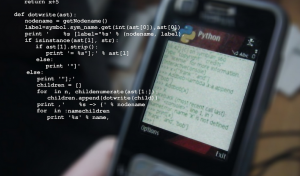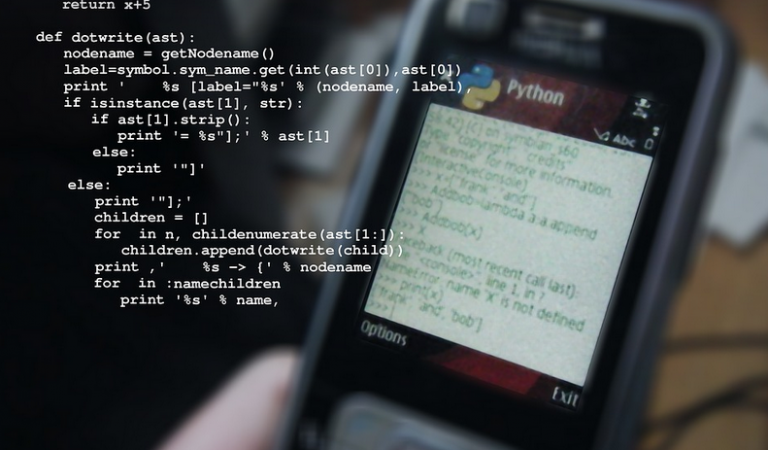The Interior Design Evolution
Remember the classic Burger King? The red and yellow, checkered floors, and playful menu boards that promised juicy burgers and a bright, nostalgic experience? Well, times have changed. The iconic fast-food chain has undergone a major interior design makeover in recent years, blending familiar elements with fresh ideas to create a relaxed, inviting atmosphere.
Gone are the days of standardized, cookie-cutter Burger King locations. The new wave of restaurants focuses on creating unique spaces that reflect their community and attract a wider audience. They’ve ditched the overly vibrant red and yellow for more subdued palettes, incorporating earthy tones like beige, brown, and green to create a sense of calm and comfort.
This shift reflects a deeper understanding of customer preferences. Today’s diners crave a space that feels welcoming and inviting. Burger King recognizes this, opting for open layouts with ample seating and comfortable booths alongside modern, industrial-style features like exposed brick walls and metal accents. The interiors are designed to be clean and airy, allowing natural light to flood in from large windows.
The focus on comfort extends beyond just the seating area. Each restaurant boasts cleverly designed lighting: warm, inviting pendant lights hang from wooden beams above tables for a casual yet elegant feel. Overhead spotlights illuminate menus in an artful display of typography that’s both functional and eye-catching.
But it’s not just about aesthetics; the design also plays a key role in the overall dining experience. The new Burger King locations often feature interactive elements, like digital screens showcasing quirky animations of their iconic flame-broiled burgers or playful mascot characters. This adds an element of fun and interactivity to the already relaxed atmosphere.
In line with this design philosophy, Burger King has also made its menus more engaging. Instead of solely relying on the traditional paper menu, they’ve embraced interactive technology. Menus now feature vibrant digital screens that offer a dynamic experience for customers. These screens showcase captivating images and detailed descriptions, highlighting Burger King’s signature burger offerings in an enticing way.
The design evolution is not just about aesthetics or technology; it’s also about creating a sense of community. Burger King has embraced local art and pop culture to create unique experiences that reflect the personality of their individual locations. Local artists are often commissioned to paint murals on walls, showcase photography exhibitions, and even host live music events.
These additions not only enhance the visual appeal but also foster a sense of belonging for guests. The interiors now feel like mini-cultural hubs, offering a unique experience that goes beyond the typical fast-food setting. The result is a more engaging and memorable dining experience that transcends the expectations of an ordinary burger joint.
Burger King’s interior design evolution exemplifies its commitment to creating a dynamic and inviting atmosphere for customers who want more than just a fast meal. It’s about crafting a space where people can relax, connect with friends, enjoy their burgers, and be transported to a world of comfort and joy.
Ultimately, Burger King’s new interior design is less about replicating nostalgia and more about creating something fresh and exciting for the modern consumer. A testament to its understanding of the evolving preferences of today’s dining culture, Burger King’s interiors have become an experience in themselves—a delightful blend of comfort, fun, and creative expression.
















